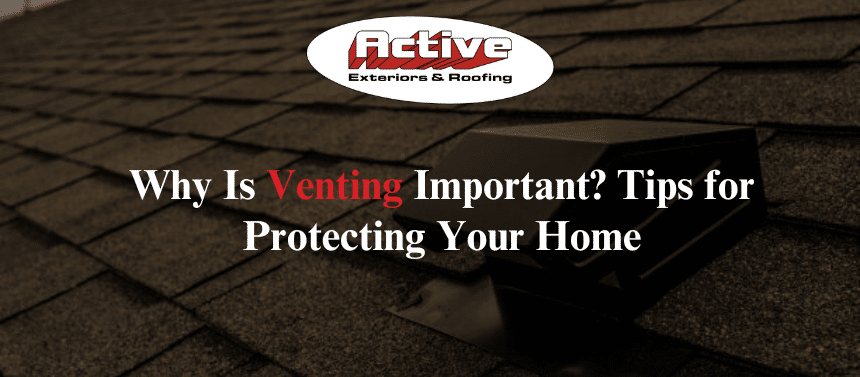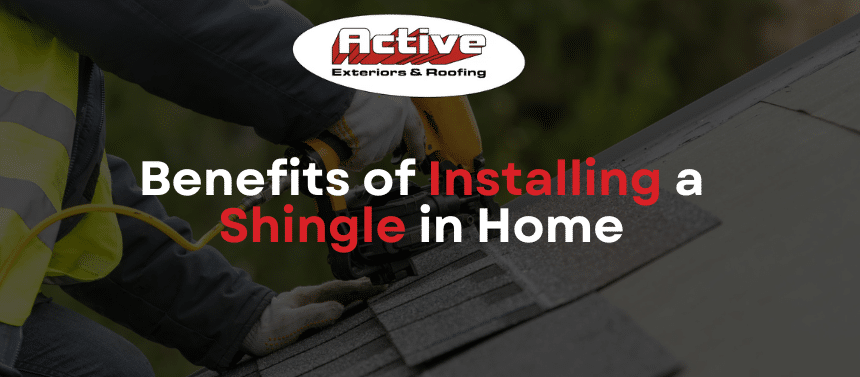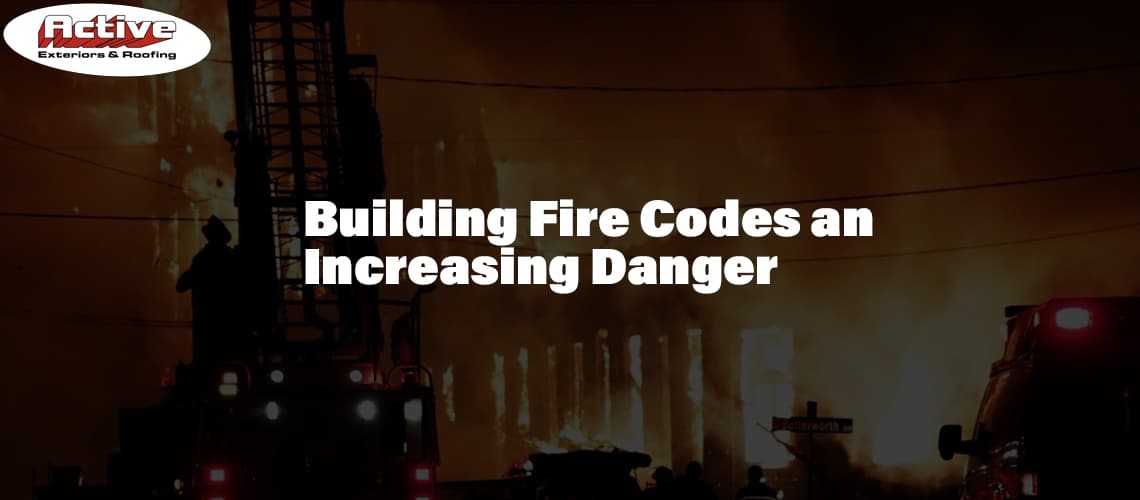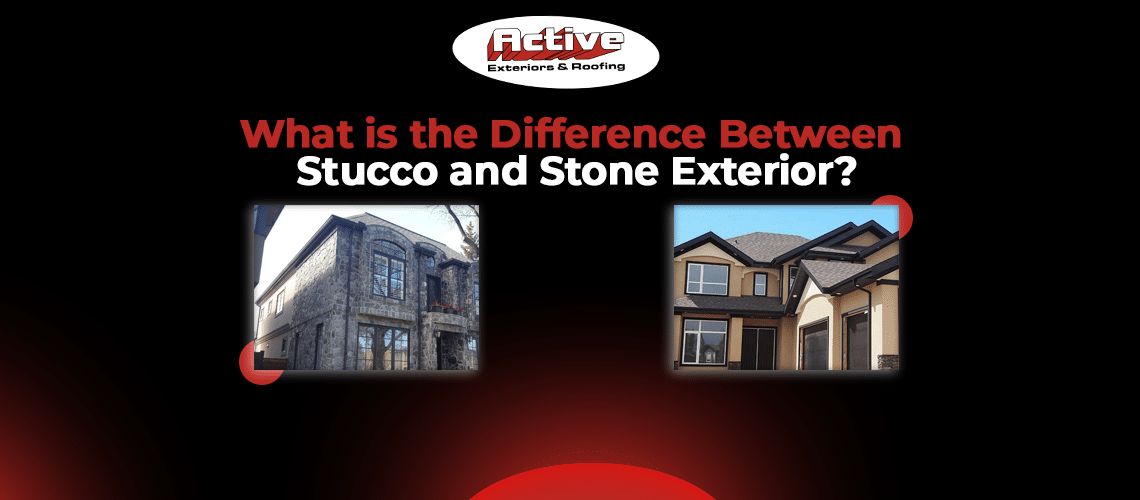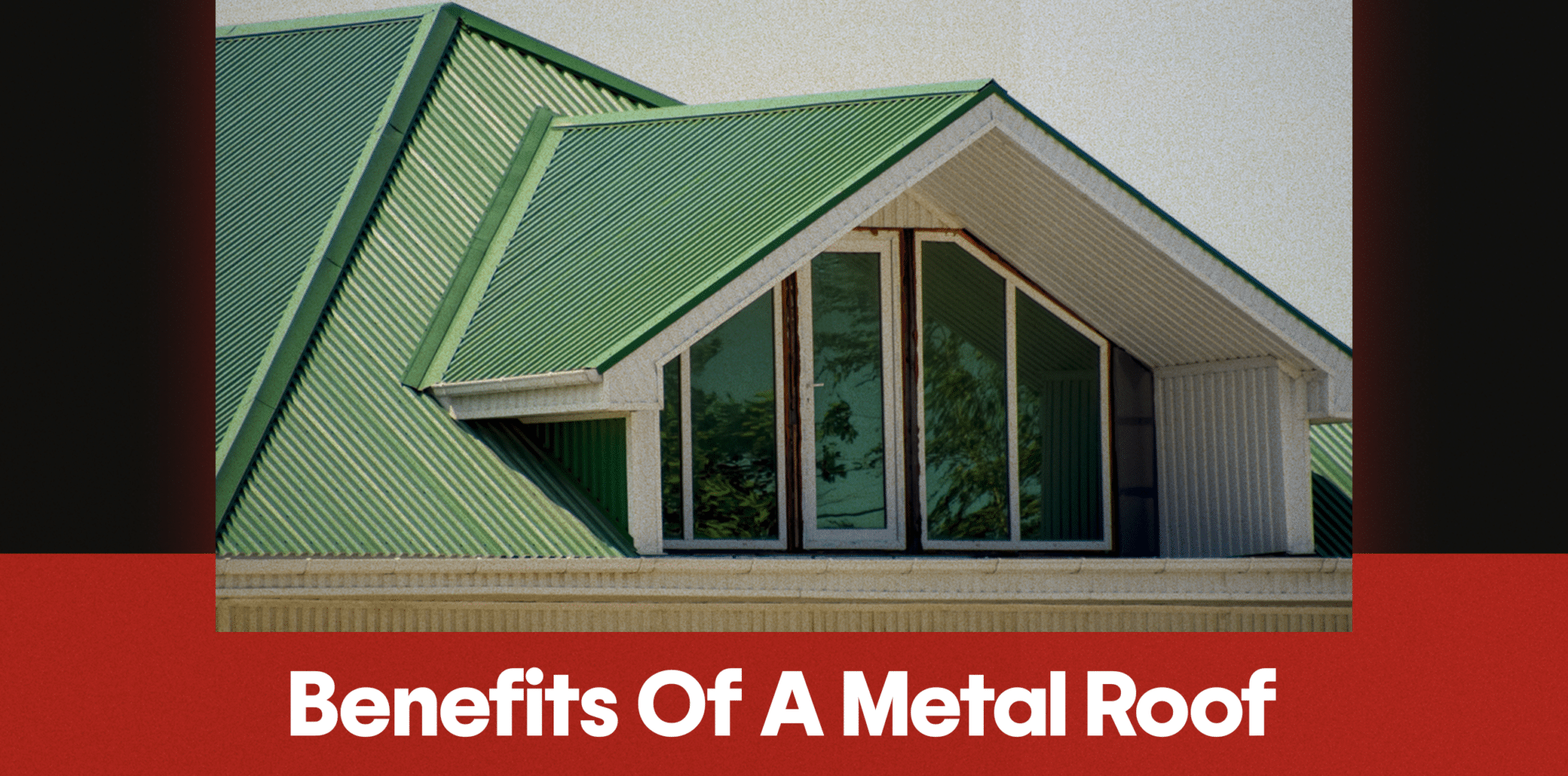As a homeowner, your roof venting play a crucial role in maintaining a healthy and functional roof. To ensure they stay in good shape, regular inspection is key. Roof vents are super helpful for buildings in multiple ways. They make roofs last longer, keep indoor temperatures just right, and save energy costs. A well-vented attic also stops buildings from getting damaged by rot.
Start by checking for any debris or blockages around the vents. Clear away leaves, branches, or other objects that might hinder proper airflow. Additionally, look out for signs of damage or wear, such as cracks or loose parts, and get them fixed promptly.
Routine maintenance can help prevent issues like leaks or poor ventilation, keeping your roof in top condition. In this article, we will dive into the importance of proper ventilation, multiple types of vents, the effect of bad ventilation, and much more. Let’s get into further details!
How To Choose the Right Vents
Choosing the right type of vents is not an option, but it’s a necessity for your home. There are multiple types of vents available in the market, but the best 2 types of vents are as follows:
Geography and Climate
Your location’s geography and climate are key factors in choosing the right ventilation for your home. Different roof vents suit various climates and weather conditions, so think about how much airflow your area needs.
For instance, in cold regions with heavy snow, ridge vents work well as they allow air along the whole roof. In hot places, solar-powered fans help keep your home cool by boosting ventilation and airflow.
Roof Pitch and Slope
Additionally, the slope of your roof matters a lot in picking the best vent style for good airflow. Steep roofs do well with ridge vents, providing airflow along the entire roof. Flatter roofs benefit from soffit vents for lower ventilation and solar-powered fans for better airflow and temperature control in hotter climates.
What are the Effects of Bad Ventilation?
Bad ventilation can lead to several adverse effects on both your health and the condition of your home. Here are some of the significant impacts of poor ventilation:
-
Health Issues
Poor ventilation leads to indoor air quality problems, causing respiratory issues like allergies, asthma, and infections due to pollutants, dust, and mould spores accumulating in stagnant air.
-
Mold and Mildew Growth
Inadequate ventilation causes excess moisture buildup, fostering the growth of mould and mildew. This can damage surfaces and pose health hazards.
-
Damage to Structures
Insufficient airflow can lead to rotting of wood, rusting of metal, and structural deterioration due to trapped moisture, impacting the integrity of building materials.
Top 4 Benefits of Proper Roof Ventilation
Well, there are multiple benefits of using proper roof ventilation which can lead to positive health impacts on our daily life routine. But the 4 main benefits are as follows:
-
Save Money on Energy Bills
Is your air conditioner working extra hard? Have you noticed a spike in your energy bill during hot summers? It might be due to your roof ventilation system. When the sun heats your home, hot air gets stuck in your attic without any air movement.
This trapped hot air can seep through your ceilings, making your air conditioner work much harder and use more energy. Keep your bills lower this summer by getting in touch with our roof ventilation experts for more information.
-
Extend Your Roof’s Lifespan
If your attic gets too hot because of poor ventilation, it can damage both the inside and outside of your roof. This can dry out the underlayment of your roof’s shingles, making them crack sooner than they should. Normally, shingled roofs can last 15-25 years with proper care. But if your shingles dry out too quickly, they won’t last as long, leading to expensive repairs.
-
Prevent Moisture Damage
Nobody wants mould or moisture problems in their home. Incorrectly ventilated attics can cause condensation, leading to moisture buildup. This can result in mould, stains on ceilings, and even structural damage. If not fixed on time, these issues could lead to costly repairs or needing a whole new roof.
-
Stop Ice Dams
While icicles might look pretty, they’re not good for your home. They’re a sign of ice dams, often caused by a poorly ventilated attic. When the roof gets warm, snow melts and turns into water that freezes along the roof’s edge. This can damage your roof and gutters, leading to more expenses.
3 Best Tips to Protect Your Roof From Vent
If you want to protect your roof from vents, then the following 3 tips can not only save you lots of bucks but also save you time.
-
Ventilation protects the roof from weather
Your roof needs air to stay strong against nature’s harshness. Breathing helps it handle temperature changes without getting damaged. When the roof expands and contracts because of weather shifts, it can harm the shingles and structure. Ventilating the attic lets out water vapour and keeps the air moving, which helps control temperatures.
-
Preventing Structural Damage
This ventilation doesn’t just protect the roof; it safeguards your whole house. Fluctuating temperatures can damage your home’s structure and gather moisture inside. Moisture leads to rot, mould, and pests. Proper ventilation stops this from happening.
-
Prevents Costly Repairs
And here’s the money-saving part: hiring roofing contractors to install vents will save you bucks in the long haul. Good ventilation makes it easier for your heating and cooling system to keep your home comfy, slashing your energy bills. Plus, it prevents costly repairs caused by moisture damage to your home’s structure.
Hire Our Professional to Inspect and Repair Your Roof Vents
Are you suffering Roof vent problem and want to hire professionals? When you hire a roofer, look for someone known for their good work and success in installations and fixes. Ask around and check online reviews to see how well they do their job.
Ensuring your roof ventilation system gets set up and maintained right means hiring a skilled roofer. These experts have the smarts, know-how, and tools to do the job safely and correctly.
At Active Exteriors, our professional roofer can figure out what kind of ventilation suits your home best and suggest the right solutions. They will follow all the rules and best methods to set up or fix your ventilation system safely and properly. Get in touch for roof ventilation installation with our professionals.
Conclusion
In this blog, we have shared helpful tips to ventilate your roof and maintain a healthy home. Good roof ventilation keeps your attic temperature steady, stops mould and moisture buildup, and makes your roof last longer. Following these tips means enjoying a cosier, healthier home and safeguarding your property investment. Remember, taking care of your roof’s ventilation is super important for a comfy, durable home.

